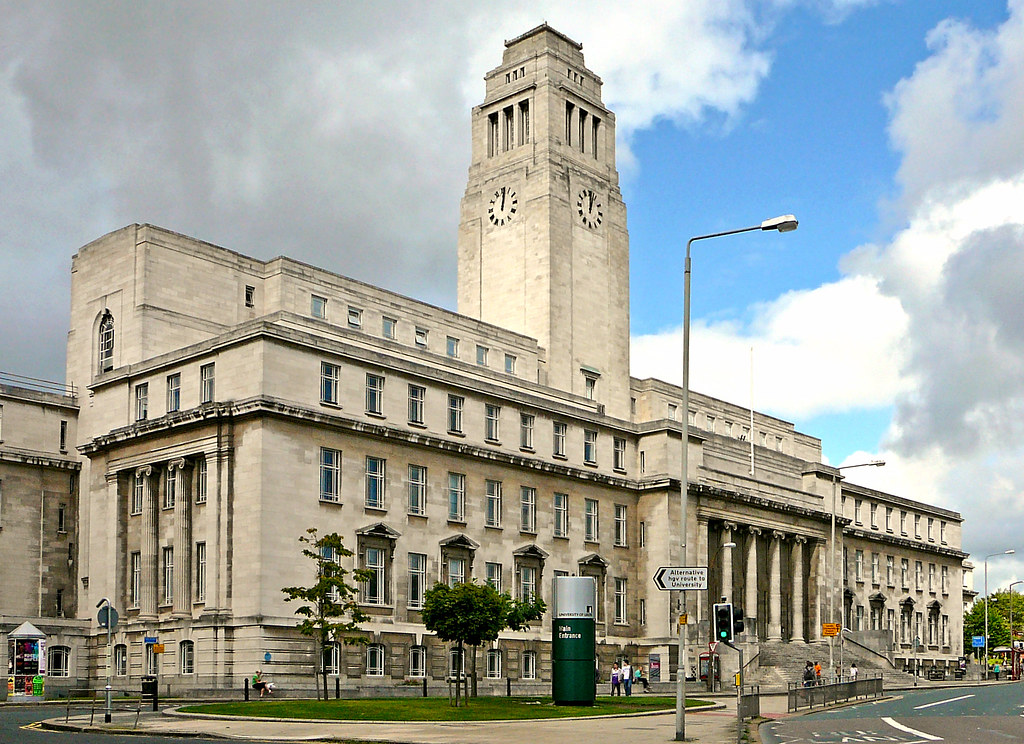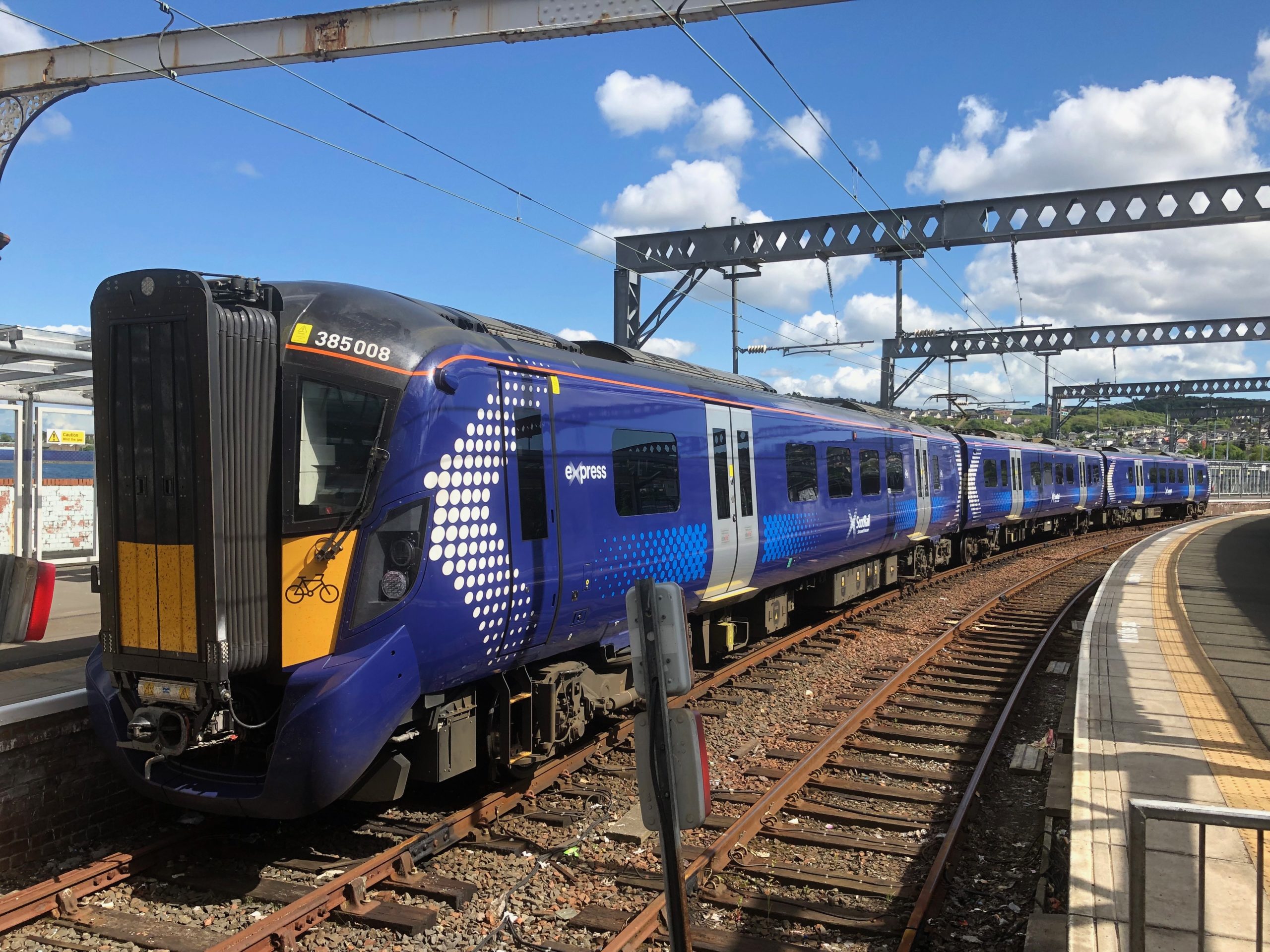
Introduction to HS2
The High-Speed 2 (HS2) rail project is one of the most ambitious transport initiatives in the United Kingdom’s history. Aimed at improving rail connectivity between major cities such as London, Birmingham, Manchester, and Leeds, HS2 is anticipated to revolutionise train travel, reduce journey times, and significantly increase capacity on the current rail network. With its importance in tackling overcrowding and carbon emissions from transport, HS2 is a crucial investment in the country’s future mobility and economic growth.
Current Progress and Developments
As of October 2023, construction on Phase One of HS2, which links London and Birmingham, is well underway. The progress is notable, with major tunnelling projects completed and stations beginning to take shape. HS2 Ltd has faced scrutiny over budgets and timelines, but officials maintain that the project is on track, with completion of Phase One expected by 2029. Meanwhile, construction for Phase Two, aimed at extending the line to Manchester and Leeds, is also being planned, with environmental assessments and community consultations currently in progress.
Economic and Environmental Impact
HS2 is estimated to generate significant economic benefits for the UK. According to the Department for Transport, it is projected to contribute £92 billion to the economy, enhancing connectivity and supporting job creation in various sectors. However, the project has not been without controversy, particularly concerning its environmental impact. Critics highlight potential damage to wildlife habitats and increased carbon emissions during construction. To address these concerns, HS2 Ltd has committed to implementing various environmental mitigation strategies, including the planting of new woodlands and strict regulations on construction practices.
Conclusion: The Significance of HS2
HS2 represents a transformative leap forward for the UK’s transport infrastructure, promising faster, cleaner, and more efficient travel. As the project progresses, it will not only shape the landscape of rail transport but also influence regional economies by connecting cities and enhancing opportunities for business and leisure travel. While ongoing discussions around costs and environmental impacts remain pertinent, HS2’s potential to uplift UK rail connectivity cannot be overstated. As Britain looks towards a greener future, HS2 could play a pivotal role in the nation’s transportation landscape for decades to come.
You may also like

Leeds Train Station: A Key Transport Hub in the UK

The Importance of ScotRail in Scotland’s Transport Network
